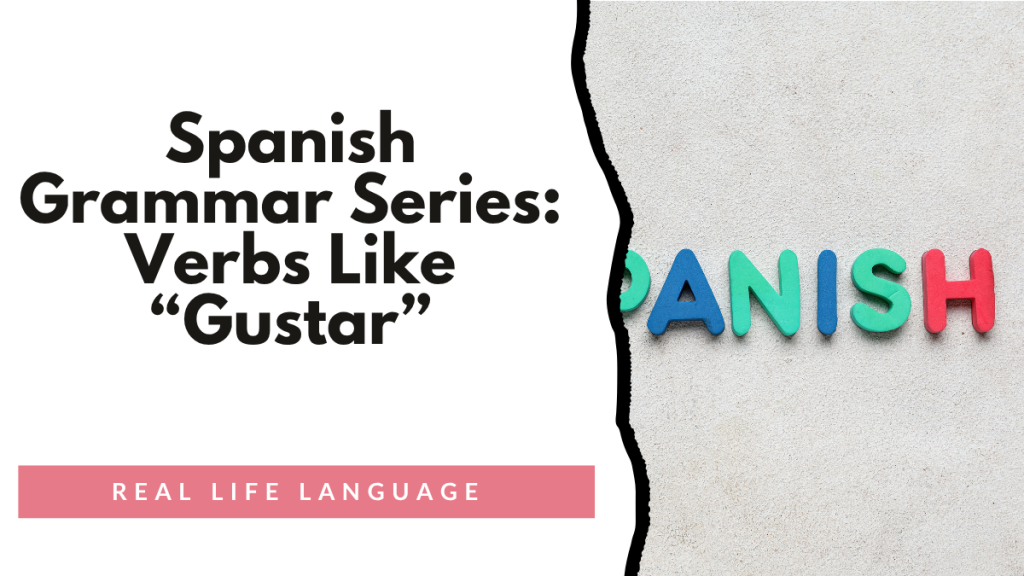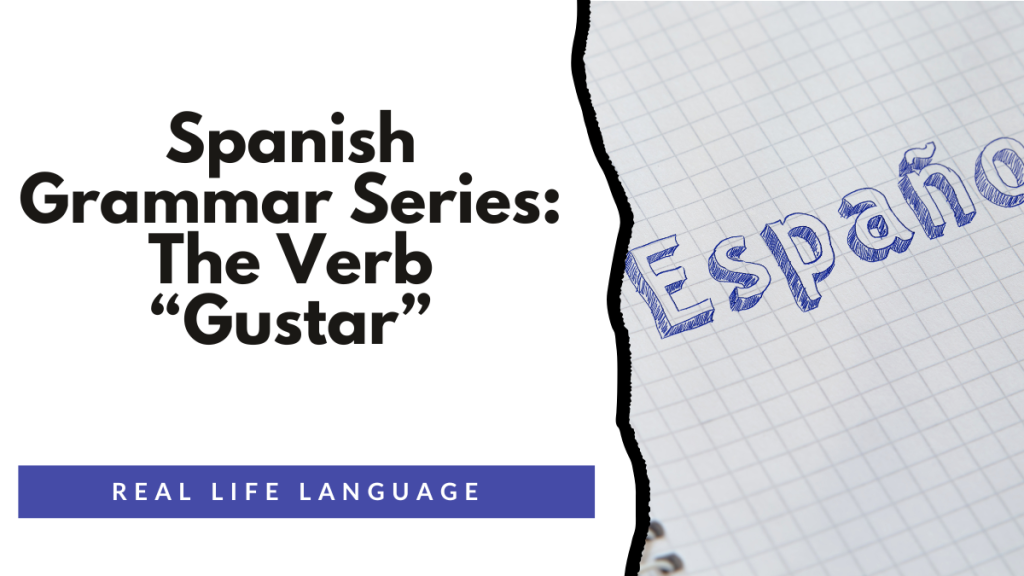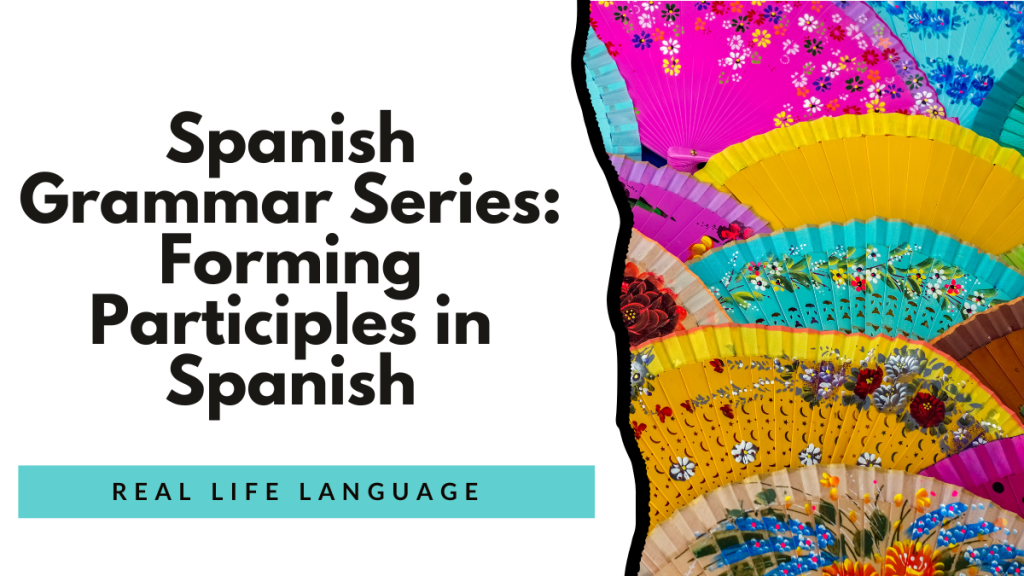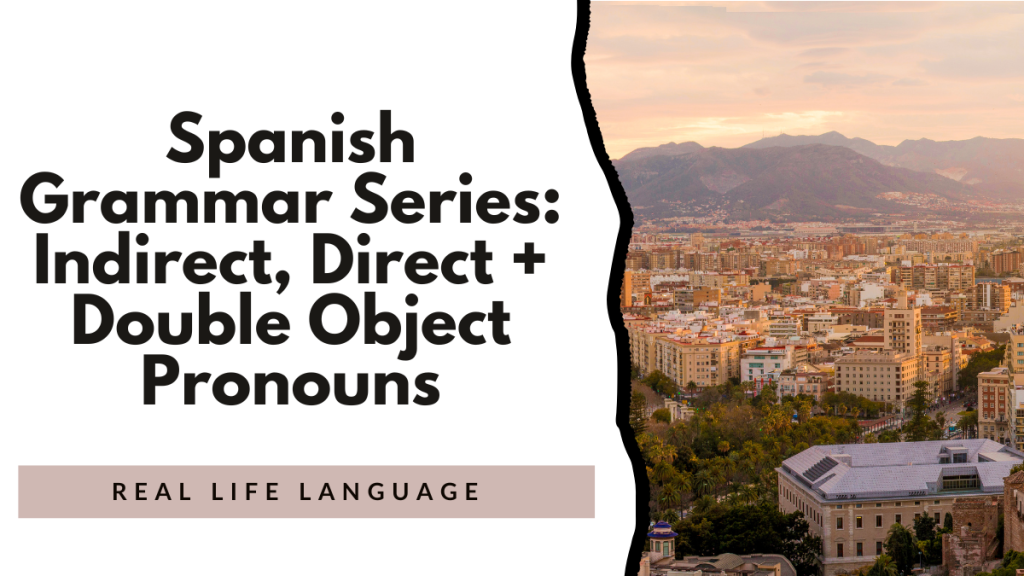Gustar and Verbs Like Gustar
Spanish Grammar SeriesGustar and Verbs Like Gustar (Los Verbos como “Gustar”) The verb gustar does not literally mean “to like.” Instead, it means “to be pleasing to,” which is why sentences with gustar follow a different structure than English. Rather than saying “I like the book,” Spanish expresses the idea as “The book pleases me.” Me gusta […]





